3 tips from nonprofit professionals on how to stay connected during deployment
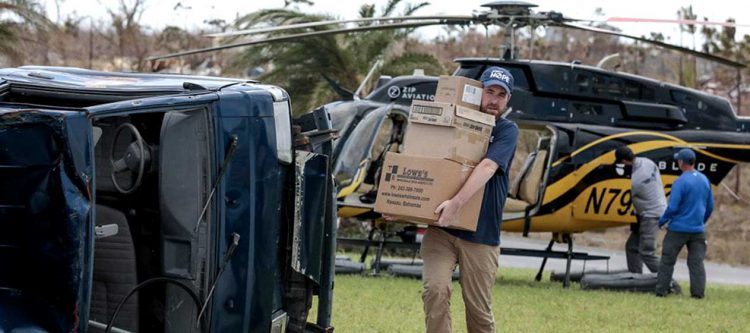
According to the UN, half of the world’s population lacks reliable internet access, with the vast majority concentrated in developing countries. As communities around the globe work to close the digital divide over the next few decades, there are countless nonprofit and nongovernmental organizations that need to fill critical connectivity gaps today.
How can these nonprofit, nongovernmental, and other humanitarian organizations still optimize their communications toolkit despite the added challenges of COVID-19 and donor fatigue?
Last week, goTenna’s CEO Daniela Perdomo sat down with leaders in the nonprofit sector to discuss just that during a live panel discussion titled, “Navigating connectivity in the digital divide.”
The panelists who participated during the lively discussion included practitioners, leaders, and innovators in their fields with years of experience directing teams in challenging environments. These experts operated in some of the most austere, off-grid environments including the rainforests of Chile to conflict zones in Nigeria. They represented organizations that provide critical healthcare services, protect endangered species, and respond to disasters and security threats around the world. The panelists included:
- Adam Thuen, President of Operation Phoenix International
- Brian von Kraus, CEO/Founder of FireWatch Solutions
- David Will, GIS/Database Program Manager of Island Conservation
- Tom Cotter, Director of Emergency Response and Preparedness of Project HOPE
Here are some top takeaways that nonprofits can use to build their deployment communications strategy:
Tip #1: Leverage the local network but add redundant layers to your contingency plan
A common theme among all panelists was that no matter what, you often find yourself relying on a local cell network or internet provider when you’re on deployment simply because it is the most cost-friendly option.
“The safety net, so to speak, is all about local providers. Other partner organizations in the area like the UN or other NGOs or other security providers like Local Guardian. The safety network and safety chain is a whole network of people and providers,” said von Kraus.
Often dealing in hostile territories, von Kraus’s team at FireWatch Solutions typically relies on cell phones or smartphones. He warned that adding satellites to the communications mix can help add a layer of backup comms, but the costs add up quickly. It’s best to save sat phones for catastrophic situations.
As someone who is currently deployed to Honduras on a cyclone disaster recovery relief mission, Cotter also had his fair share of satellite phone usage. He added that sat phones have a steep learning curve:
“I get a lot of calls saying ‘the satellite phone isn’t working…Well, are you inside?’ If you can’t see the sky, it’s not working.”
He also warned that sometimes satellites can only handle so much at one time. When he was assisting with disaster recovery efforts in Puerto Rico he learned that one satellite was only meant to service 81 calls at one time. Following Hurricane Maria, there were several thousand sat phones trying to communicate with that same satellite over Puerto Rico.
“Getting a SAT phone and sending it downrange does not make a good communications strategy,” adds Cotter. He recommended adding programmatic check-ins and specific standard operating procedures for contingencies to your communications plan.
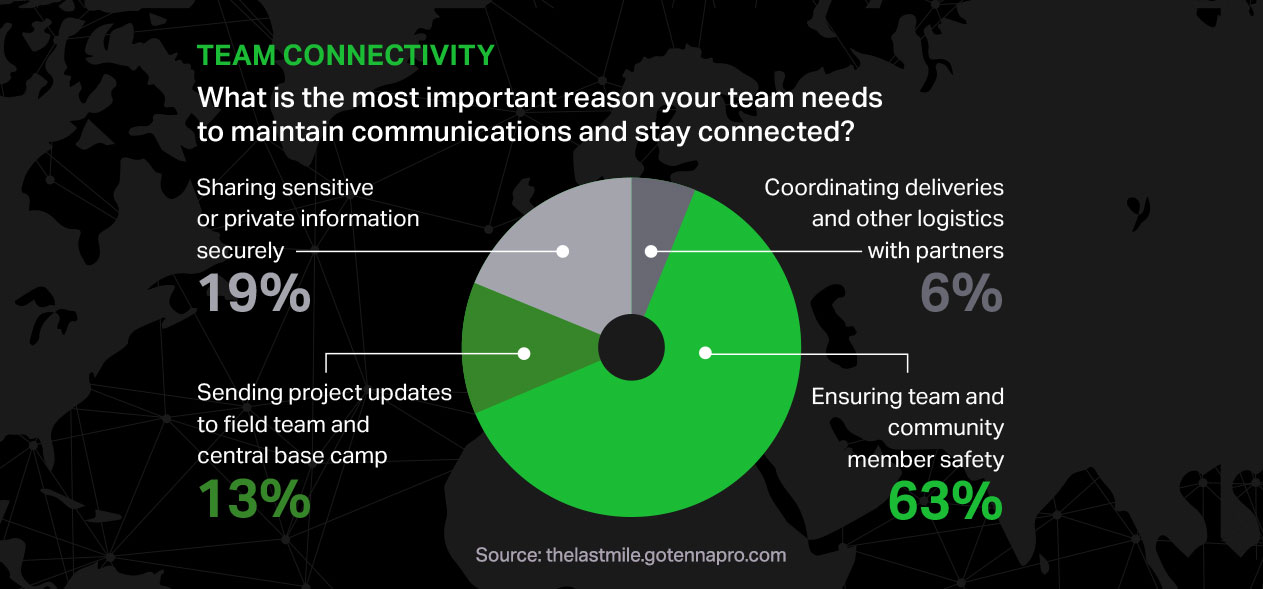
Tip #2: Upgrade to more cost-effective ways of staying connected during deployments
Apps
A couple of the panelists shared that messaging apps for day-to-day text messaging are their primary means of communication during deployments. This is typically the case when local cell networks are up and running upon their arrival.
In particular, apps like Whatsapp, compile texts in a queue that’s released as soon as you as the recipient arrives within the vicinity of a cell network. However, what happens when you’ve got confidential medical information you want to share from one base camp to another location? Consider encrypted apps that can provide end-to-end encryption and still work off-the-grid.
Paid apps like ArcGIS and free apps like CivTAK were also mentioned as ways to help track your team members or your vehicles.

Drones
The panelists also touched on how much drones have contributed to situational awareness during their missions. Will from Island Conservation commented:
“Drones are an incredibly powerful tool for our work. We use a couple of different applications. We recently completed the world’s first drone-powered rodent eradication in the Galapagos Islands in 2019 to spread a rodenticide across the island.”
His team was also using drones with thermal cameras and other cameras for downloading data from camera traps, remote sensors, or GPS collars on animals. In order to build out forecast models, his organization is using drones to download and receive quantitative data in order to make impactful decisions for the future.
Von Kraus sees a significant opportunity for nonprofits to use drones by integrating them with various software platforms:
“I see a huge opportunity for goTenna integrations and drones. I see popping up a drone with a goTenna and really boosting the coverage area of a goTenna mesh network and other uses for that with my other nonprofit clients.”
Mesh networks
Cotter recommended mesh networking radios like goTenna in the field because it’s a smartphone application with a piece of hardware that goes with it. It can be relatively intuitive for the people for people that use it once it’s set up. He emphasized that if you’re implementing a new piece of tech that’s going to require significant training and new equipment, the rate of adoption.
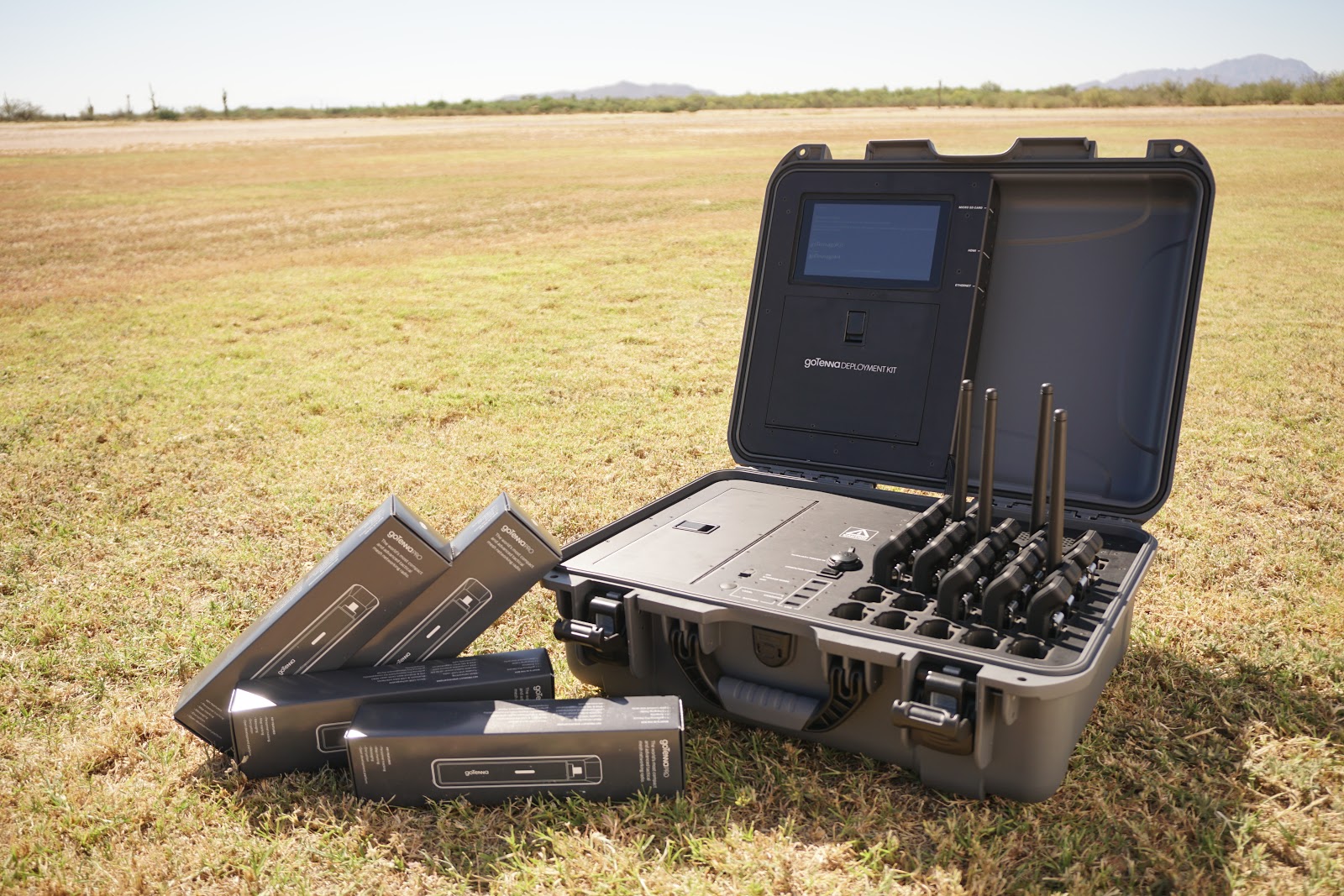
Tip #3: How to improve your communications network on a tight budget
Thuen, who often travels overseas for disaster recovery missions, cautioned the audience that although new tech would be nice to have, “there are cost realities, there are organizational realities. Our org is pretty small, so we are able to do that right now but as we build, that might not be the case. That’s just more planning and contingencies you’ll need to build.”
A well-funded communications strategy is hard to come by in the nonprofit sector. A lot of times, the communications decisions are ad-hoc because of the funding processes in place.
We need to sensitize donors and funders about the cost of this…That’s a tough sell. It’s difficult to photograph and to make it really attractive but it’s necessary to have a very thought-out, non-patchwork communications system,” said Cotter.
Von Kraus recommends budgeting for communications as a cost item under the “duty of care.” Show what it takes to take care of the employees and your staff to a degree and mitigate risk appropriately. Coming up with those scenarios in advance can help mitigate risk and help with buy-in.
Look for co-op programs where nonprofits can leverage the same communications network. There are also a number of companies offering nonprofit discounts like TechSoup or companies offering free equipment in exchange for content.
Most importantly, when you finally do upgrade your communications equipment, make sure it is easy to learn, deploy, and interoperable regardless of technical expertise or language barriers.
For the full panel recording, click here.


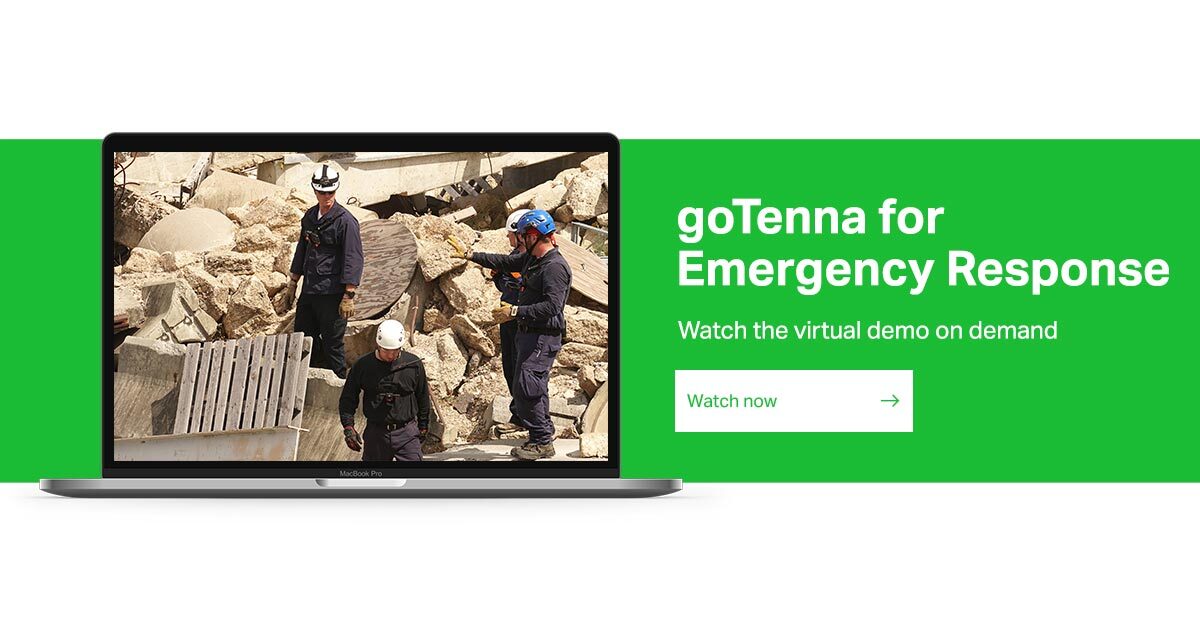

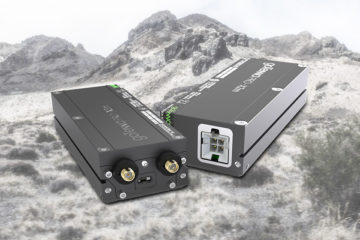
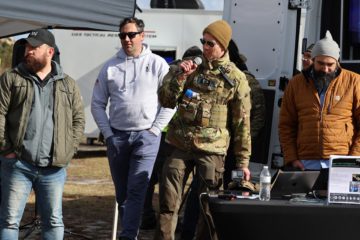


No Comment